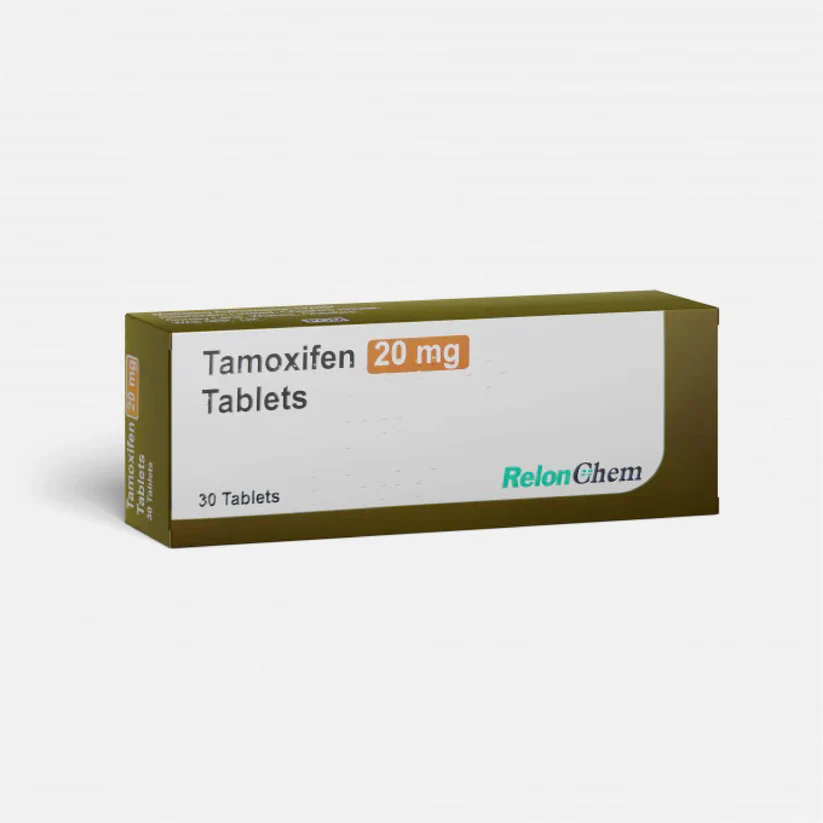Tamoxifen, a selective estrogen receptor modulator (SERM), is a pivotal medication primarily used in the treatment and prevention of breast cancer. First introduced in the 1970s, Tamoxifen has become one of the most widely prescribed agents for managing hormone receptor-positive breast cancer, significantly improving survival rates and quality of life for many patients.
Mechanism of Action
Tamoxifen functions by selectively binding to estrogen receptors in various tissues. In breast tissue, it acts as an estrogen antagonist, blocking the effects of estrogen, which can promote the growth of some breast cancer cells. This inhibition slows the proliferation of estrogen-dependent tumors, thereby reducing the risk of cancer progression.
However, in other tissues, such as the bone and uterus, Tamoxifen can exhibit estrogen-like effects, which may contribute to its therapeutic benefits in certain contexts.
Indications
Tamoxifen is primarily indicated for:
- Breast Cancer Treatment: It is commonly prescribed for women with:
- Early-Stage Hormone Receptor-Positive Breast Cancer: After surgery and radiation, Tamoxifen is often part of adjuvant therapy to reduce recurrence risk.
- Metastatic Breast Cancer: It is used for advanced cases where cancer has spread.
- Breast Cancer Prevention: Tamoxifen is recommended for women at high risk of developing breast cancer, such as those with a family history or genetic predisposition (e.g., BRCA mutations).
- Male Breast Cancer: Although rare, Tamoxifen is sometimes prescribed for men diagnosed with breast cancer.
Dosage and Administration
Tamoxifen is typically administered orally, with a standard dose of 20 mg per day, which may be adjusted based on the patient’s response and side effects. Treatment duration usually spans five to ten years, depending on the specific clinical scenario and patient profile.
Benefits
- Effective in Reducing Recurrence: Tamoxifen significantly lowers the risk of breast cancer recurrence and improves survival rates in patients with hormone receptor-positive tumors.
- Prevention of Breast Cancer: For women at high risk, Tamoxifen can reduce the incidence of breast cancer by approximately 50%.
- Potential Bone Protection: Tamoxifen may help maintain bone density in postmenopausal women, acting as a protective agent against osteoporosis.
Side Effects
While Tamoxifen is generally well-tolerated, it can cause a range of side effects, including:
- Hot Flashes: A common symptom due to its estrogen-blocking effects.
- Mood Changes: Some patients may experience mood swings or depression.
- Nausea and Vomiting: Gastrointestinal upset can occur, particularly during the initial treatment phase.
- Increased Risk of Blood Clots: There is a heightened risk of venous thromboembolism, necessitating caution in patients with risk factors.
- Uterine Cancer Risk: Prolonged use of Tamoxifen has been associated with a slightly increased risk of endometrial cancer.
Contraindications and Precautions
Tamoxifen is contraindicated in patients with a history of estrogen-dependent tumors (other than breast cancer), active liver disease, or those who are pregnant or breastfeeding. Regular monitoring, including gynecological examinations, is recommended for women on long-term Tamoxifen therapy to assess for potential complications.
Conclusion
Tamoxifen remains a cornerstone in the management of hormone receptor-positive breast cancer, demonstrating significant efficacy in treatment and prevention. Its ability to block estrogen’s effects, coupled with its relatively favorable safety profile, makes it a critical component of breast cancer therapy. As with any medication, thorough patient education and monitoring are essential to optimize treatment outcomes and minimize risks.







Reviews
There are no reviews yet